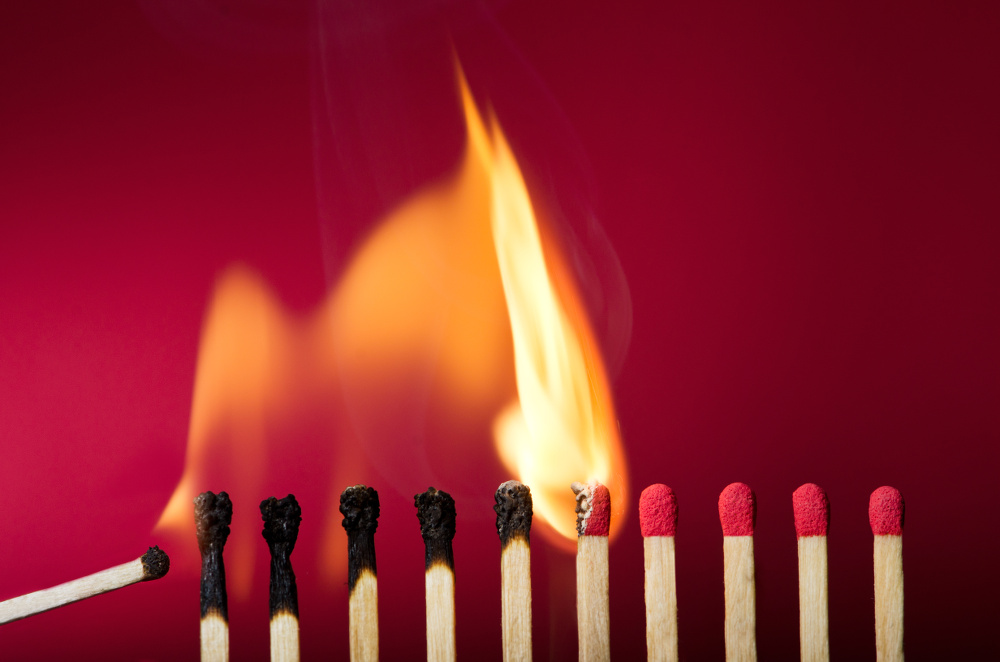20
May
7 Rules to Grow Your Business
 THE BIG IDEA: Cult Brands reveal seven strategies any business can use to grow bottom-line profits. If you're ready to expand your business, follow these effective business practices.
THE BIG IDEA: Cult Brands reveal seven strategies any business can use to grow bottom-line profits. If you're ready to expand your business, follow these effective business practices.
17:10 /
Marketing


 THE BIG IDEA:
THE BIG IDEA:
 THE BIG IDEA
THE BIG IDEA THE BIG IDEA
THE BIG IDEA THE BIG IDEA:
THE BIG IDEA:  THE BIG IDEA
THE BIG IDEA THE BIG IDEA
THE BIG IDEA THE BIG IDEA
THE BIG IDEA